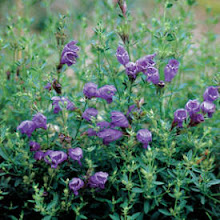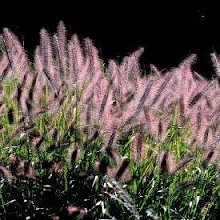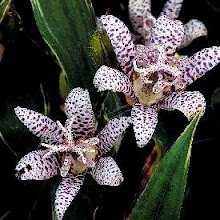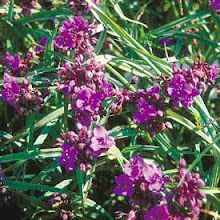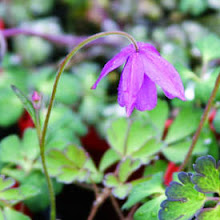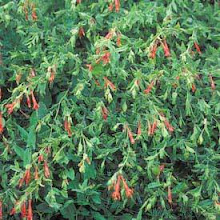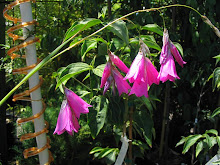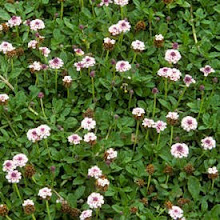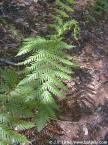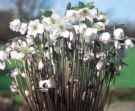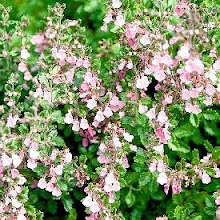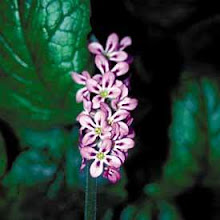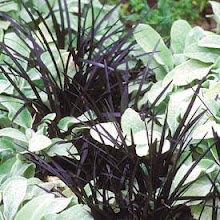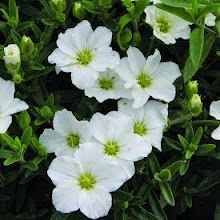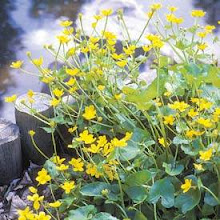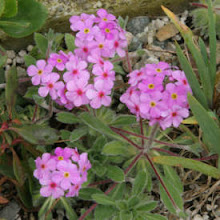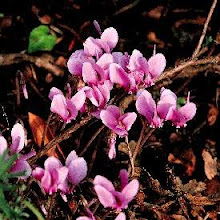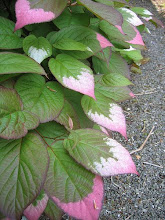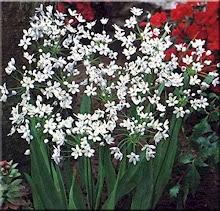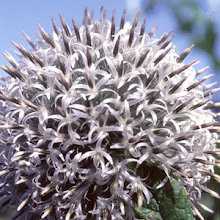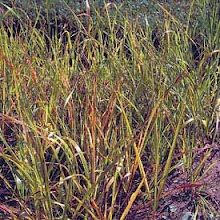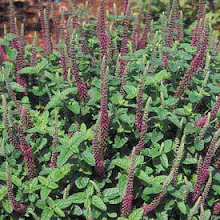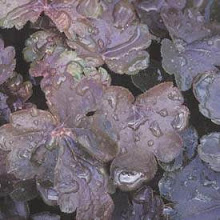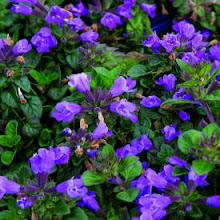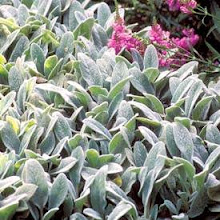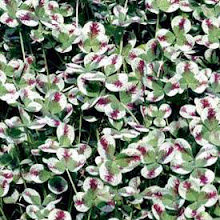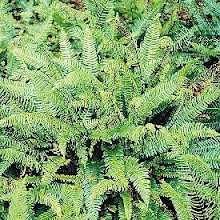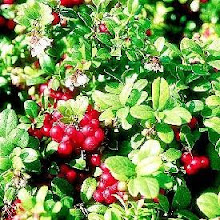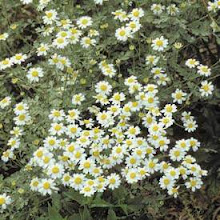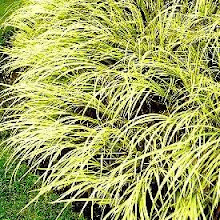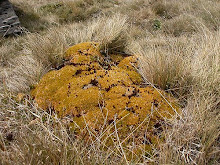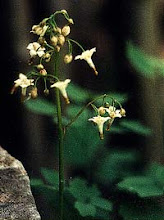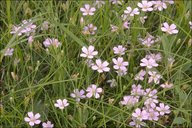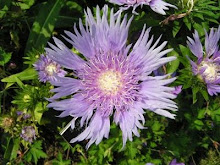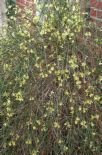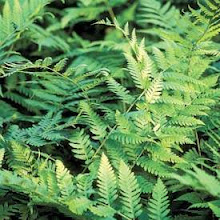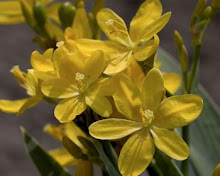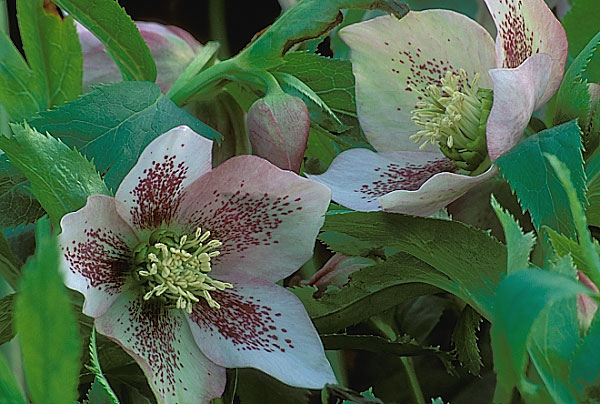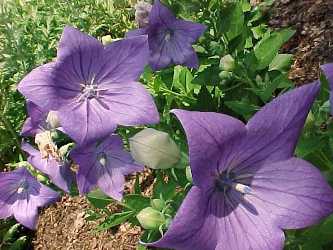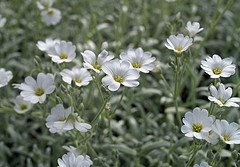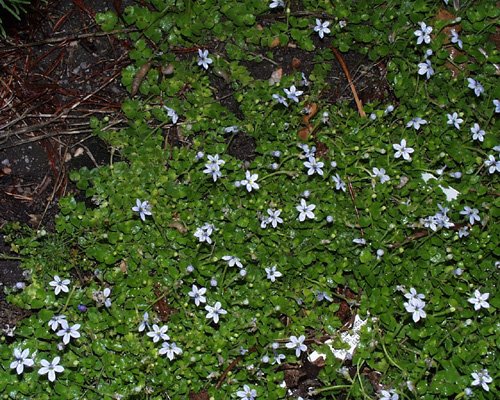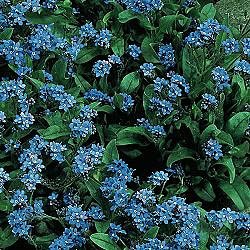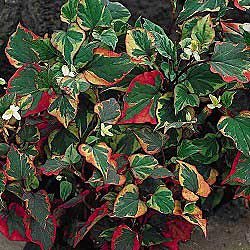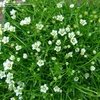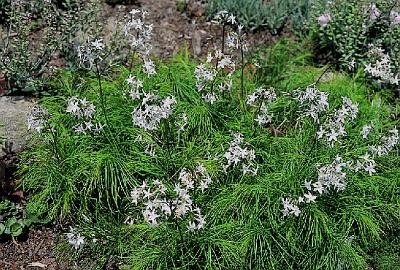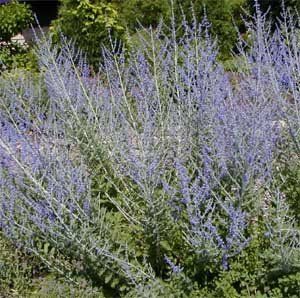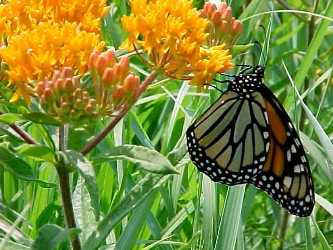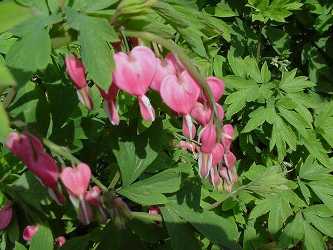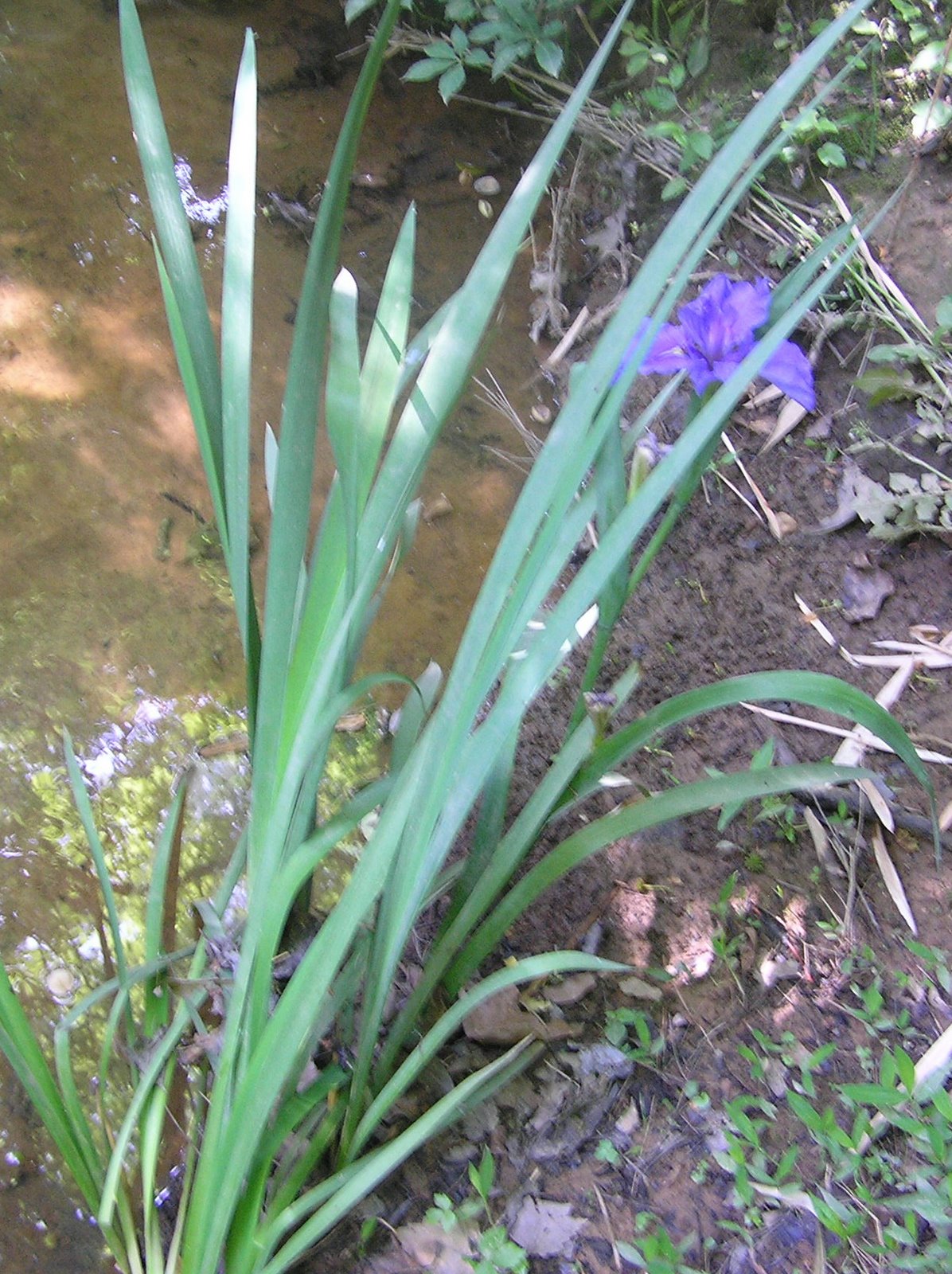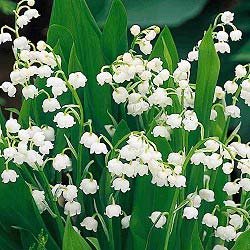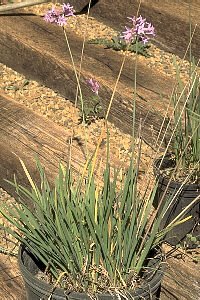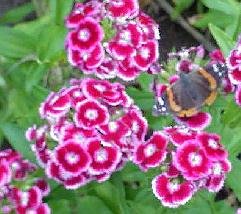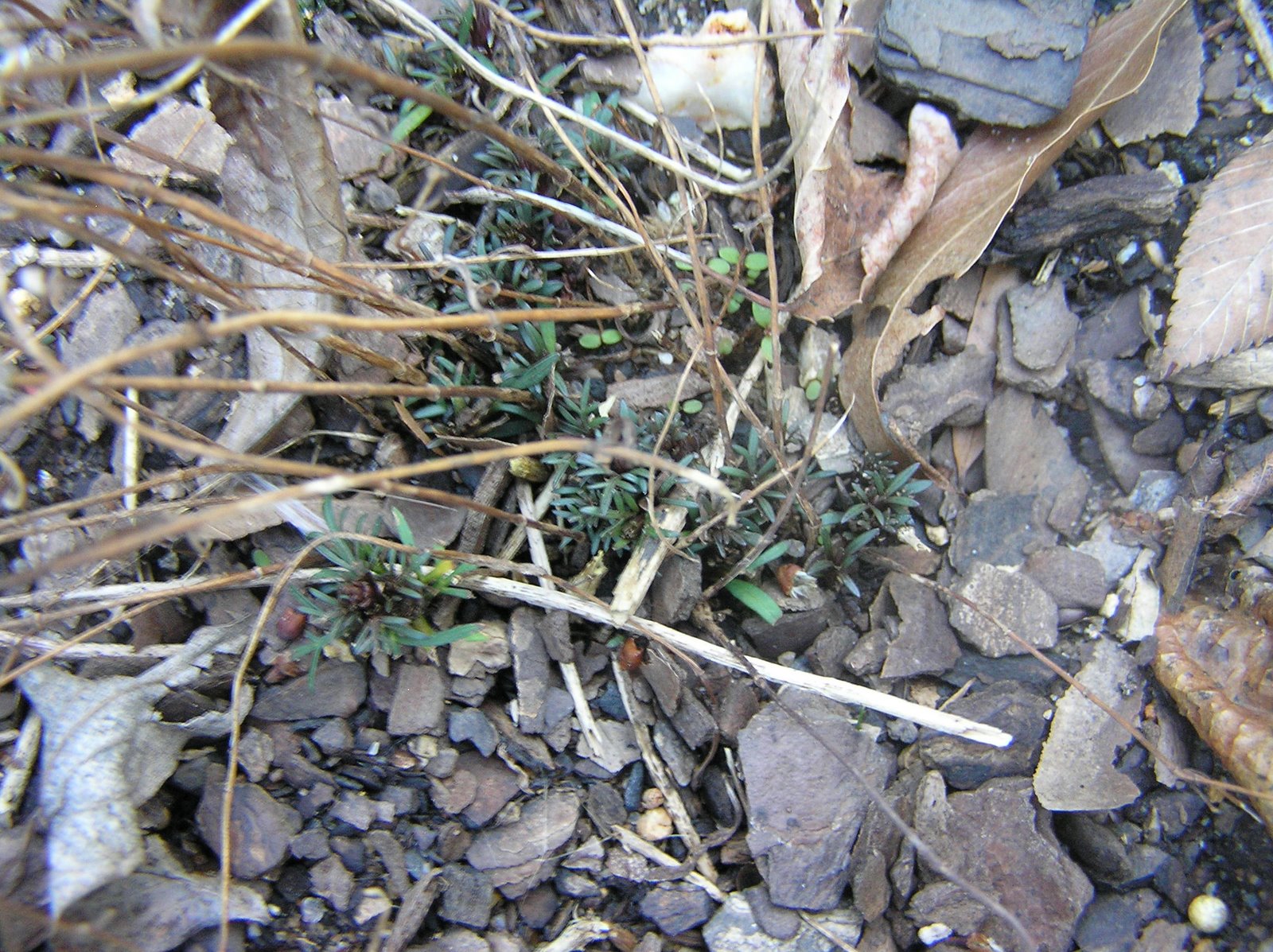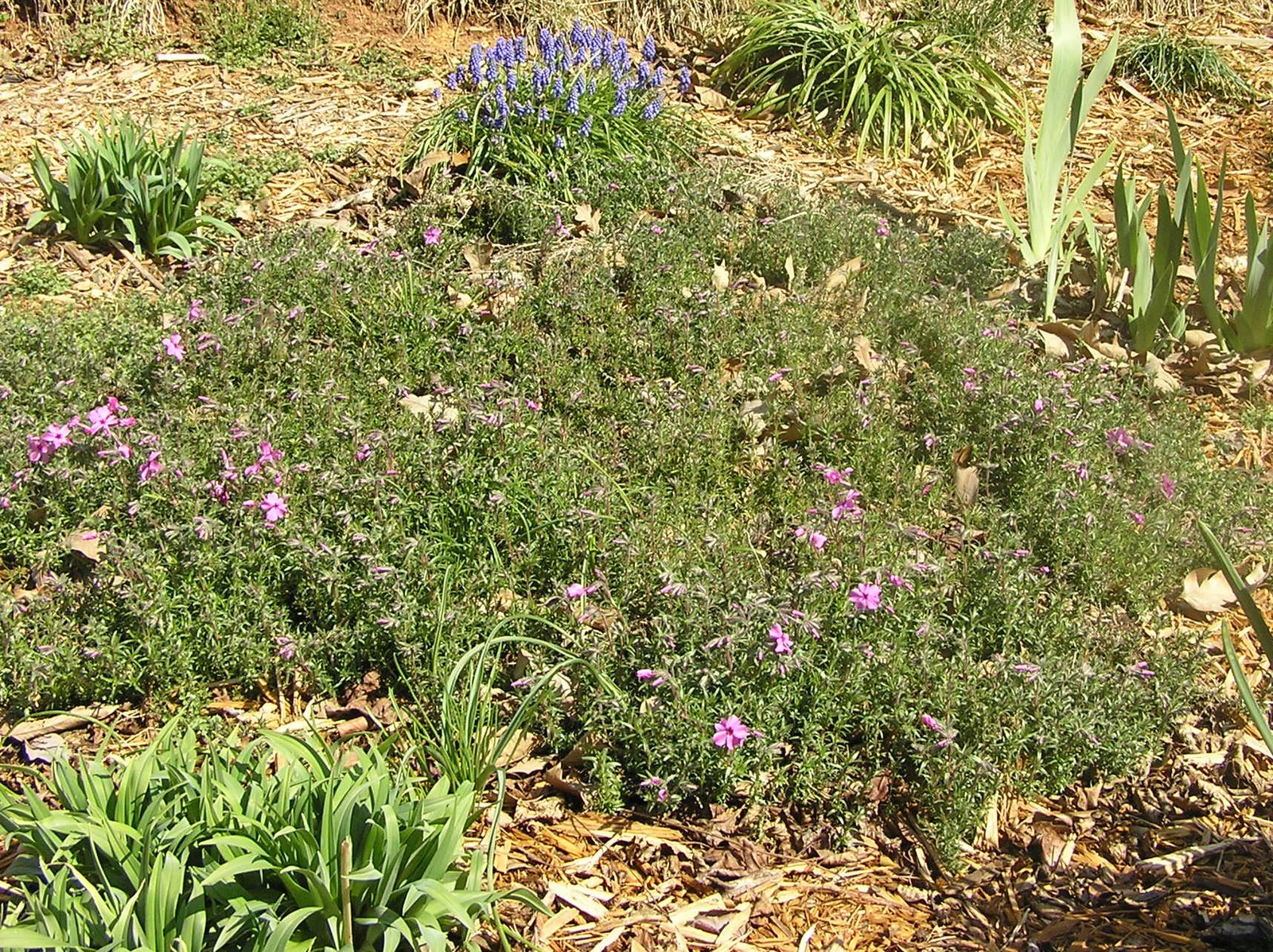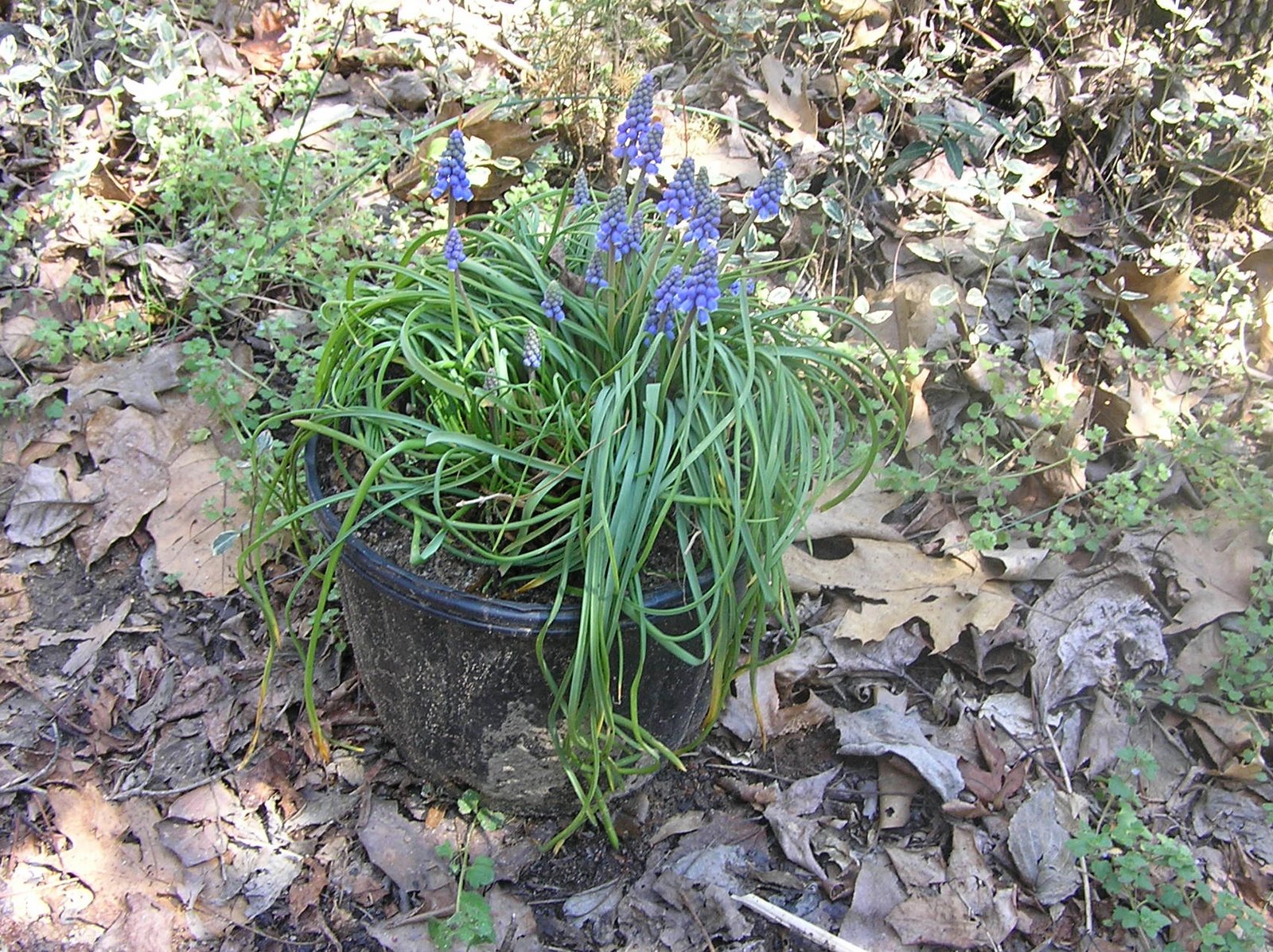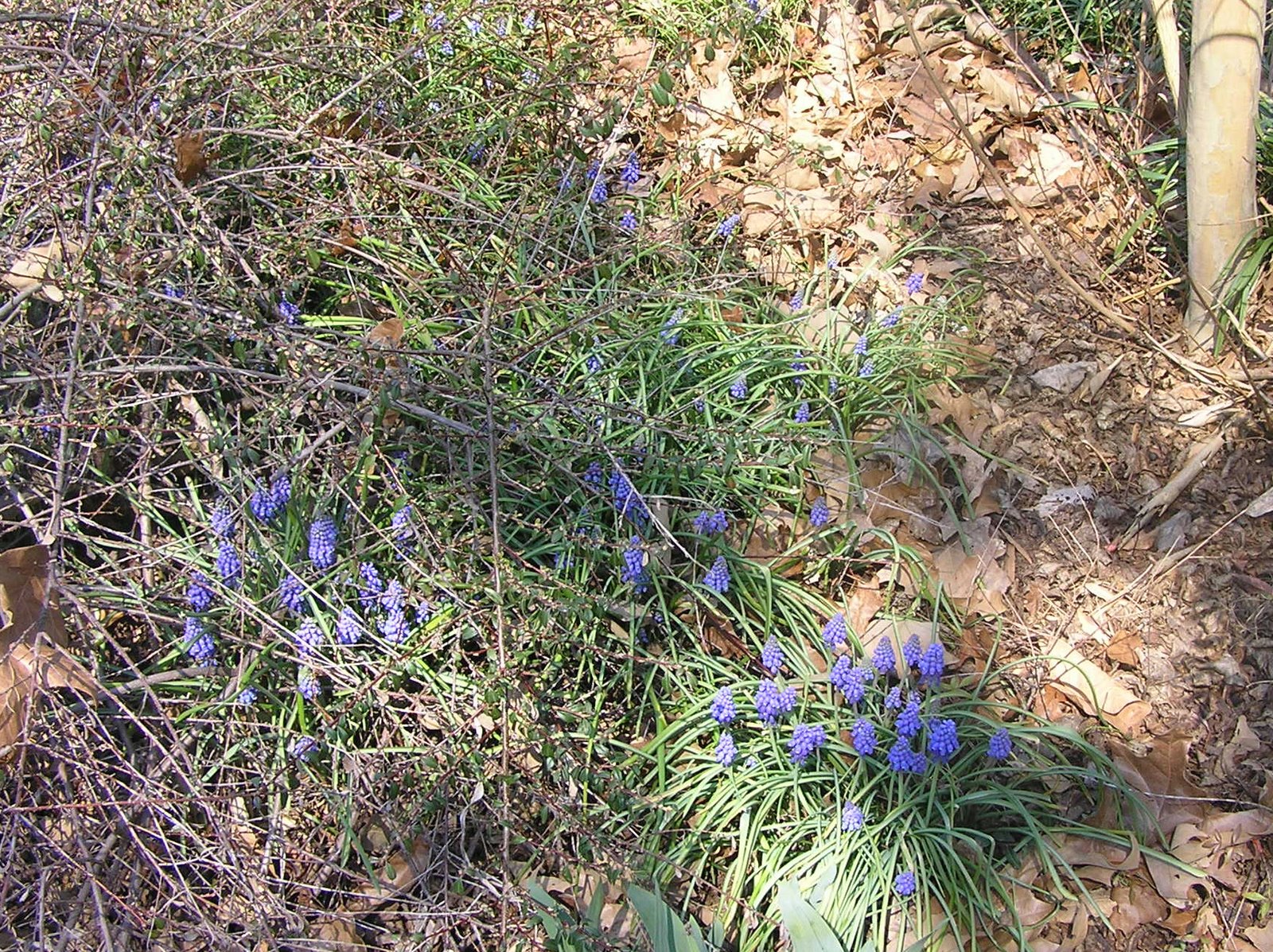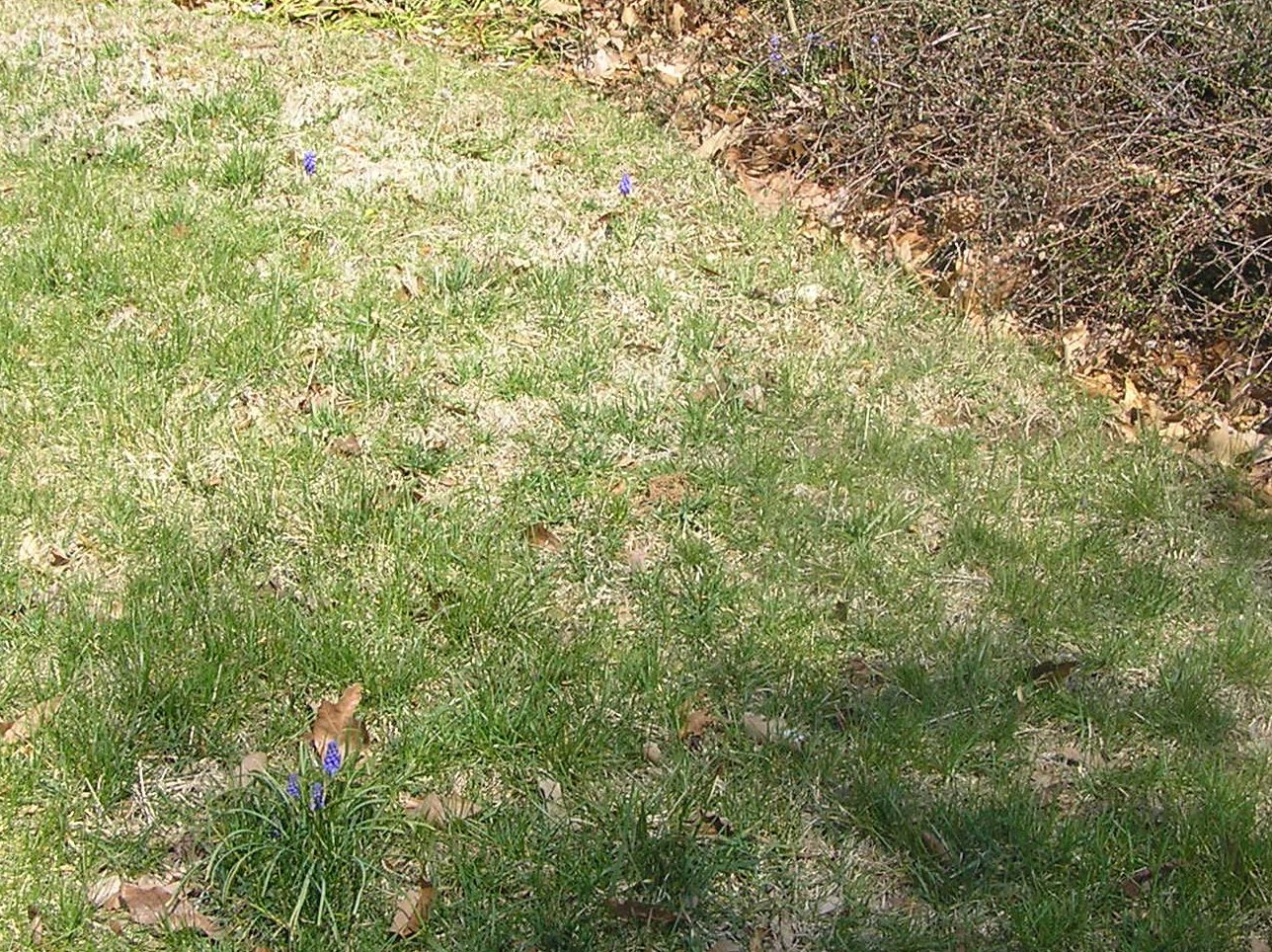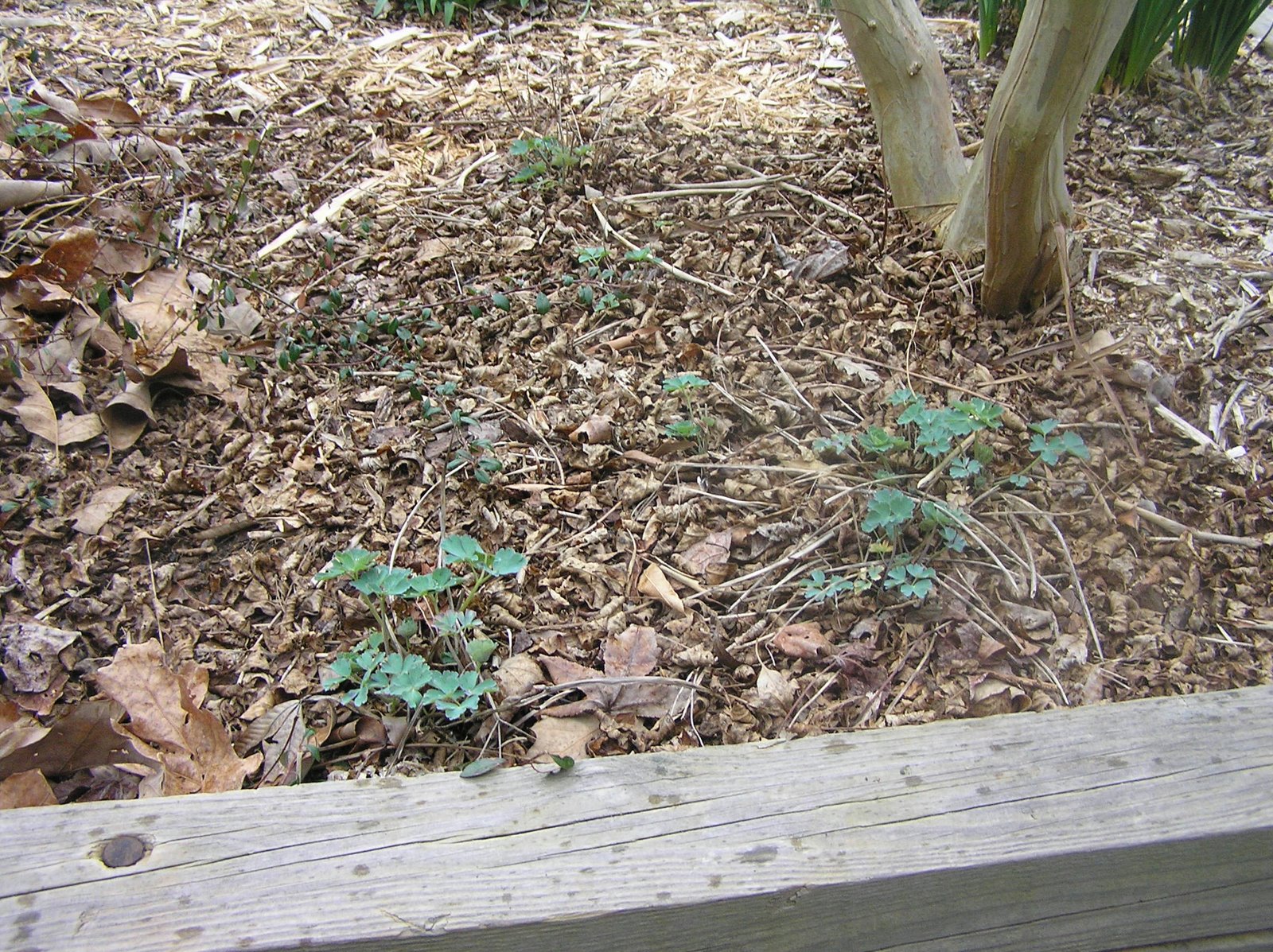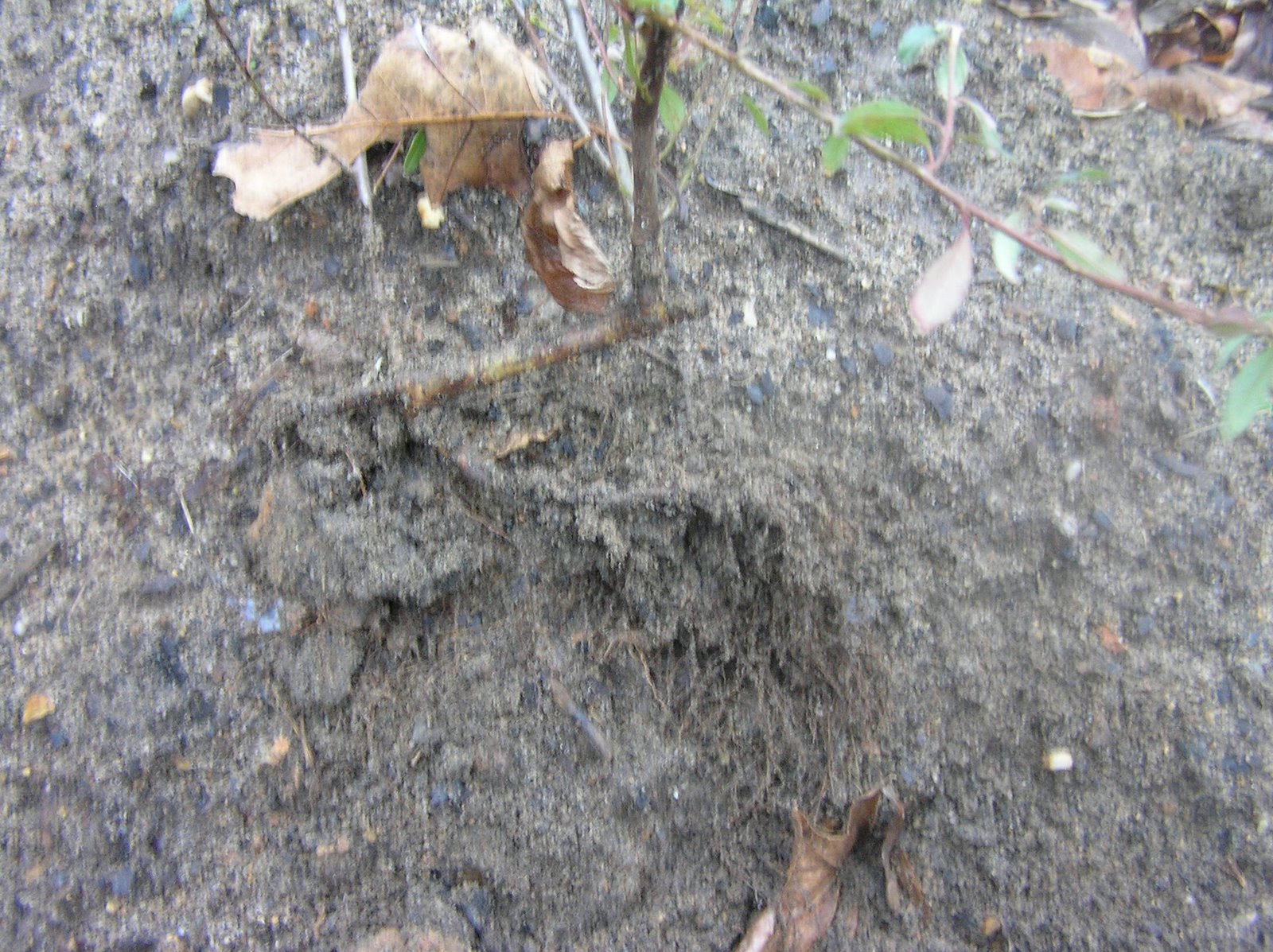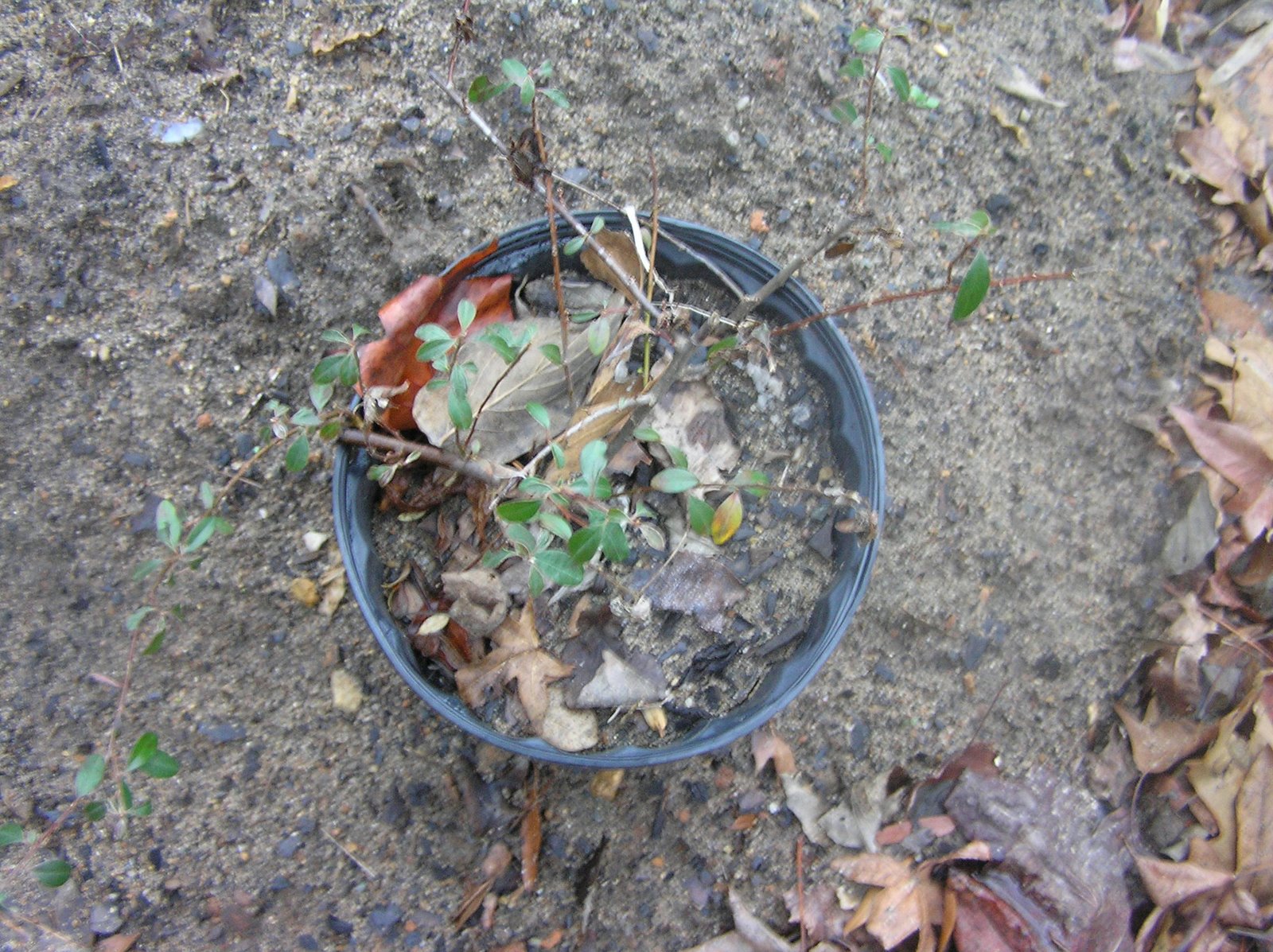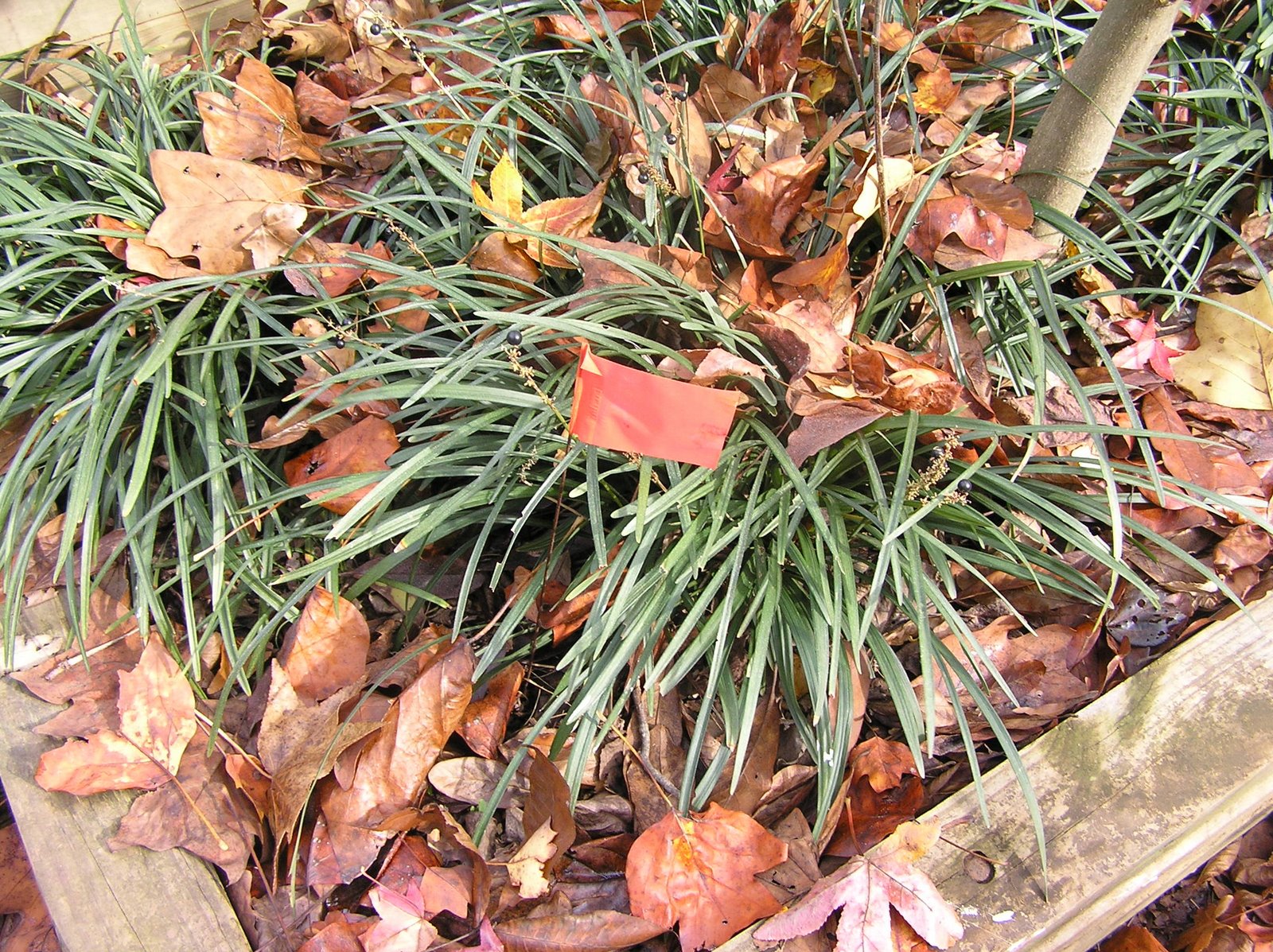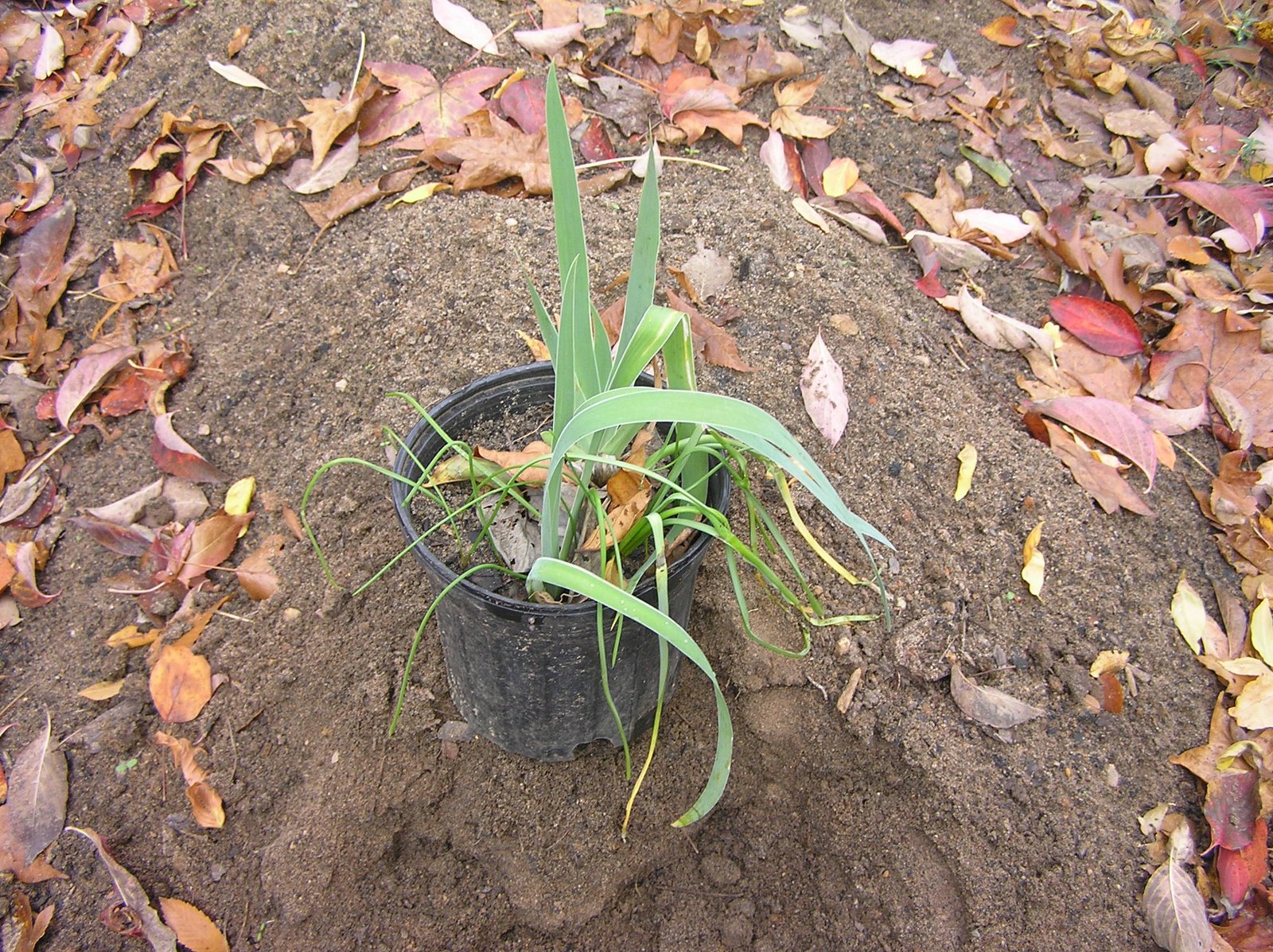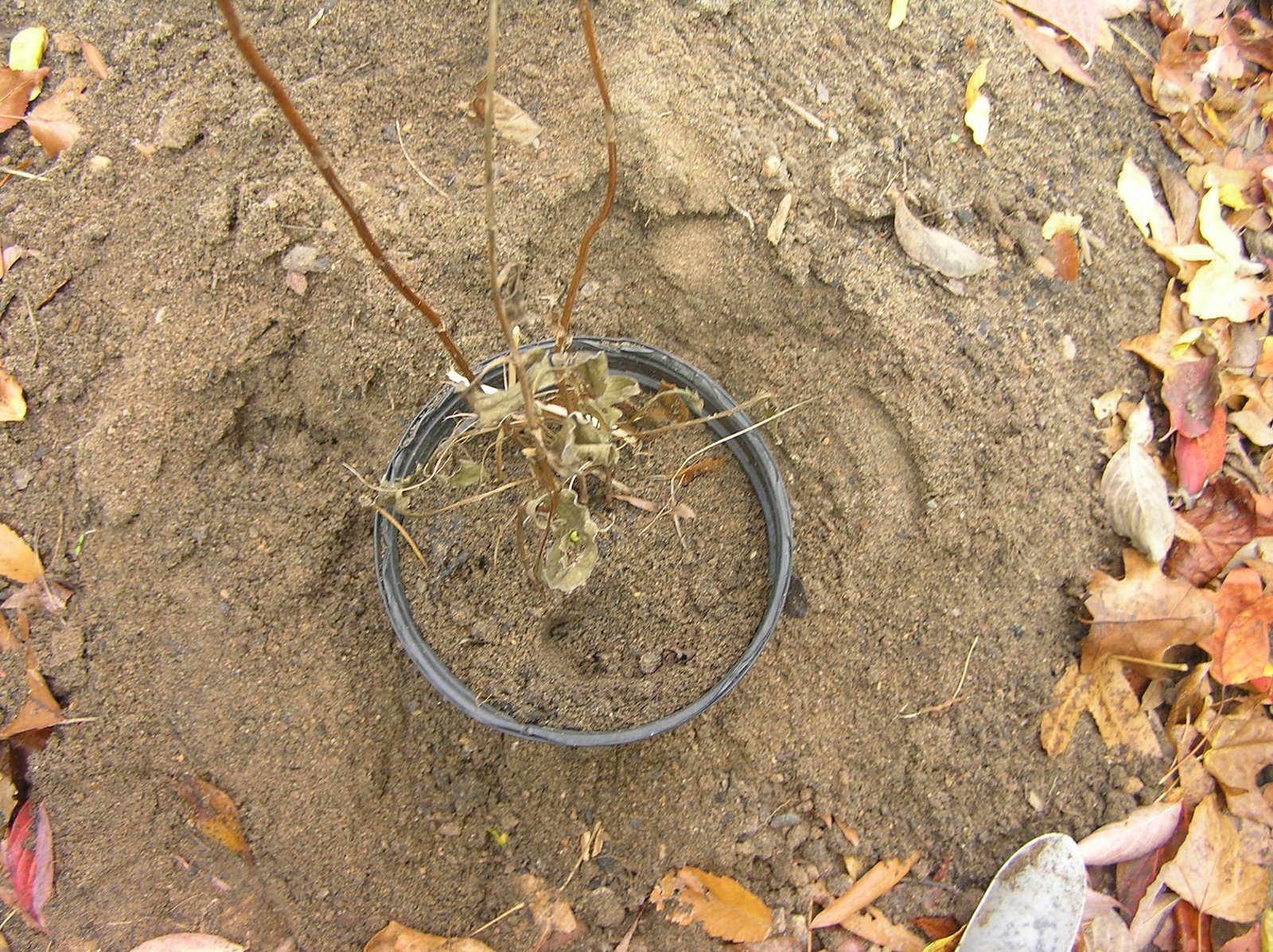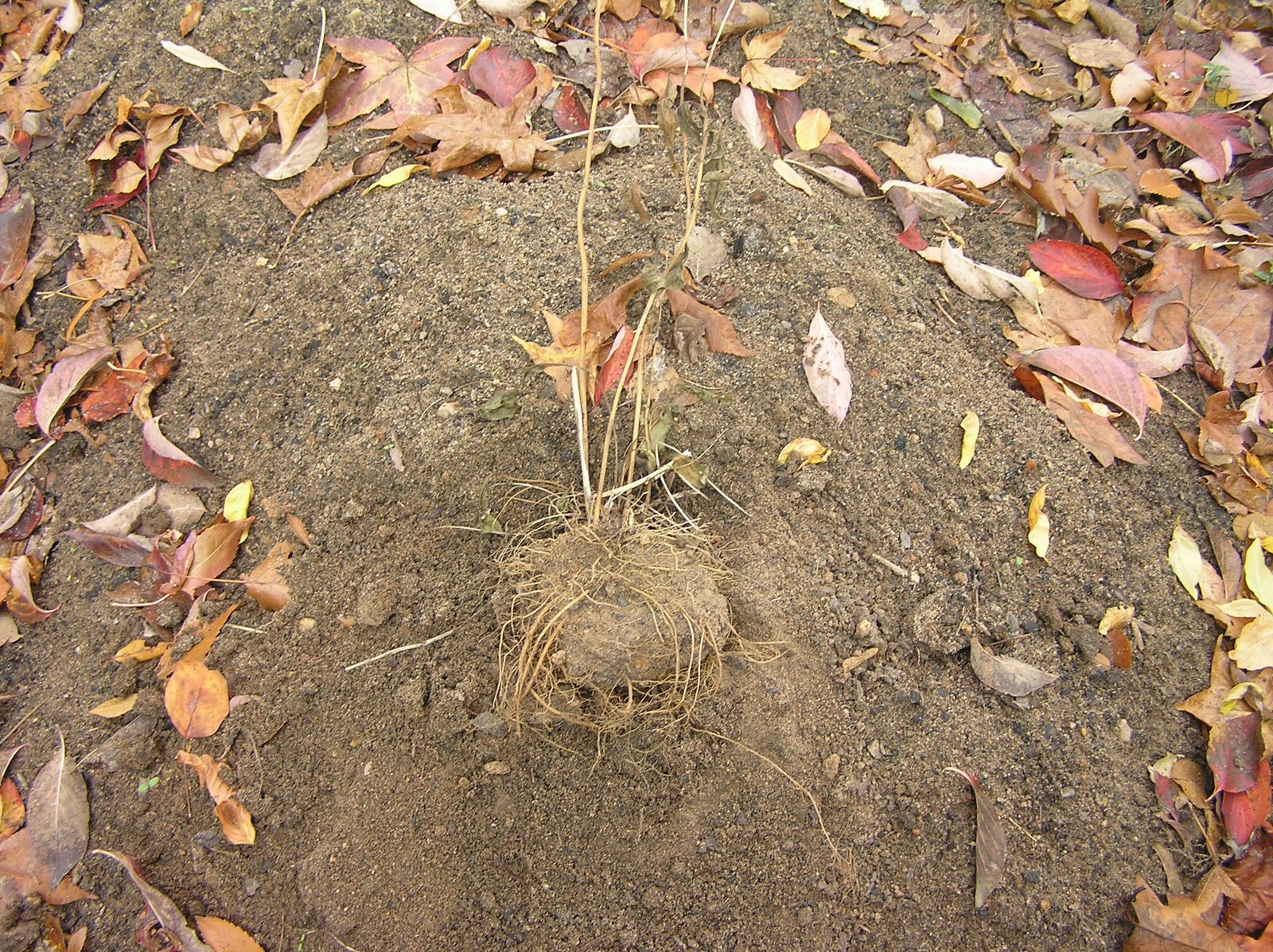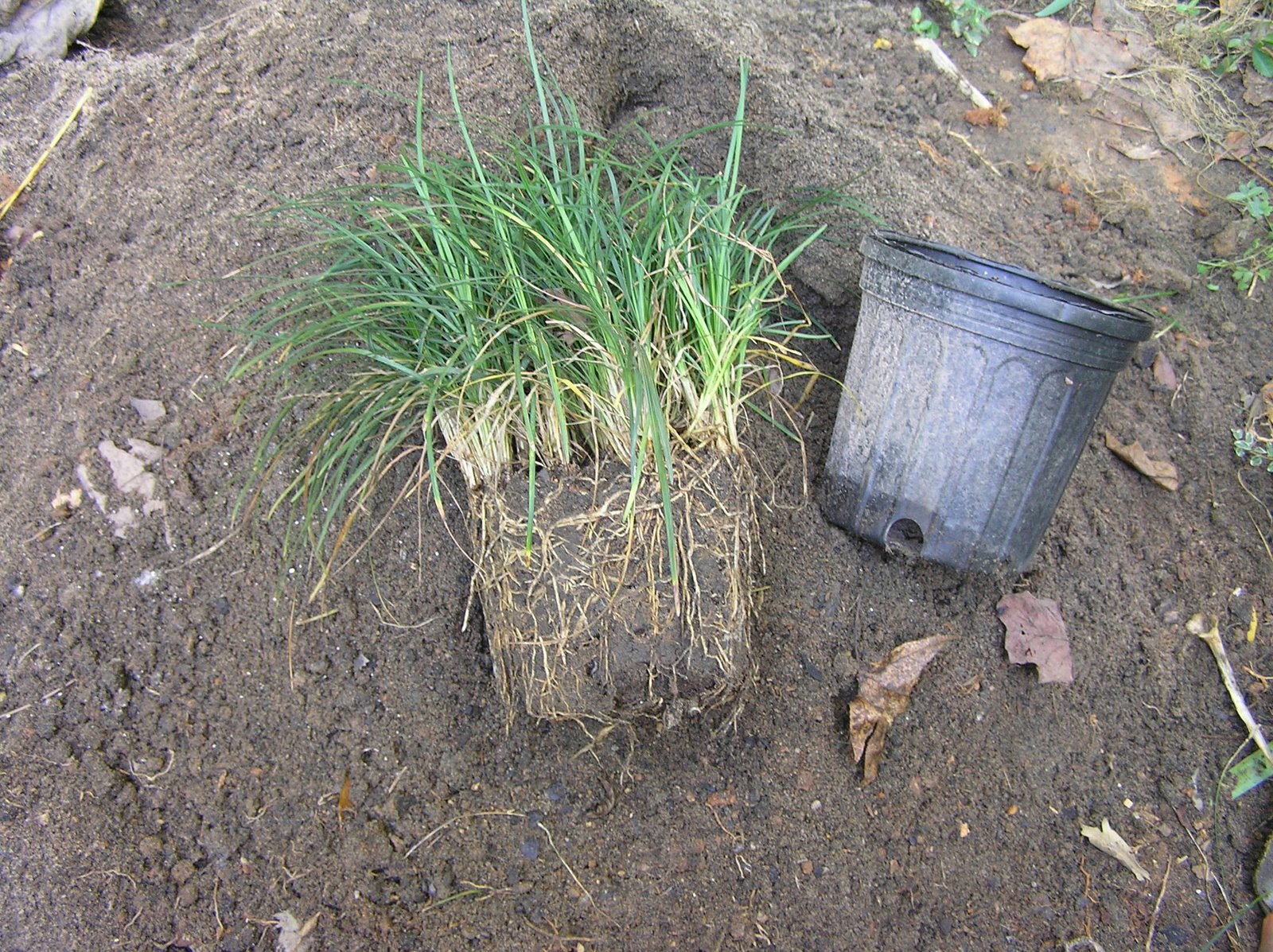The federal government has recommended a site in Kansas for a new $450 million laboratory to study biological threats like anthrax and foot-and-mouth disease, officials said Wednesday.
The Homeland Security Department's choice of Manhattan, in central Kansas, beat out intense competition from other sites in Georgia, Mississippi, North Carolina and Texas.
Agency officials revealed their decision to several lawmakers late Tuesday, according to lawmakers and staff familiar with the briefings. The officials spoke only on condition of anonymity because a formal announcement won't be made until later this week.
The choice won't become final until sometime after a 30-day window period for comments on the decision, which could face legal challenges from losing states.
Homeland Security spokeswoman Amy Kudwa said the department would have no comment until the formal announcement.
The new National Bio and Agro-Defense Facility would replace an aging 24-acre research complex on Plum Island, about a mile and a half off the eastern shore of New York's Long Island. Foot-and-mouth research has been confined to the island since 1955 to avoid an accidental outbreak that could lead to the slaughter of millions of livestock. The disease does not sicken humans.
Some farm groups have expressed concern about the risks of moving the lab to the U.S. mainland. The Bush administration acknowledged earlier this year that accidents have happened with the feared virus at the Plum Island facility.
But Homeland Security officials are convinced it can operate safely using the latest containment procedures. And Kansas officials are focused on the $3.5 billion economic infusion the lab could mean for the local economy.
A draft copy of Homeland Security's "Preferred Alternative Selection Memorandum," prepared by department Undersecretary Jay Cohen and obtained by The Associated Press concludes that the site on the campus of Kansas State University was chosen based on its proximity to existing biohazard research, strong community acceptance and a generous package of incentives offered by the state.
"The Steering Committee unanimously agreed that the Manhattan campus site is the preferred alternative and I concur with the Steering Committee's recommendation," Cohen states in the draft document.
Mississippi Gov. Haley Barbour said he was "very seriously" considering whether to challenge the decision.
"We've got a little time to prepare our appeal," Barbour said at a Jackson news conference. He added: "The bureaucrats who prepared the environmental impact study seemed to think that our partners in Iowa and Texas and Tulane couldn't get on the airplane and fly over here and do work."
The lab is expected to generate about 1,500 construction jobs and a permanent payroll of $25 million to $30 million for more than 300 employees once the project is completed by 2015.
Kansas officials mounted one of the most aggressive efforts to win the new lab, forming a special task force to lobby Homeland Security officials after Sen. Pat Roberts, R-Kan., promoted its economic potential.
Roberts said securing the lab "would be one of, if not the greatest, economic development initiatives in state history."
The Kansas legislature approved $105 million in bonds to buy land, upgrade roads, install a security fence and build a utility plant at the site on the Kansas State University campus. The university already conducts similar research at its Biosecurity Research Institute, near the proposed site of the new lab.
Besides foot-and-mouth disease, researchers also would study African swine fever, Japanese encephalitis, Rift Valley fever and the Hendra and Nipah viruses.







































